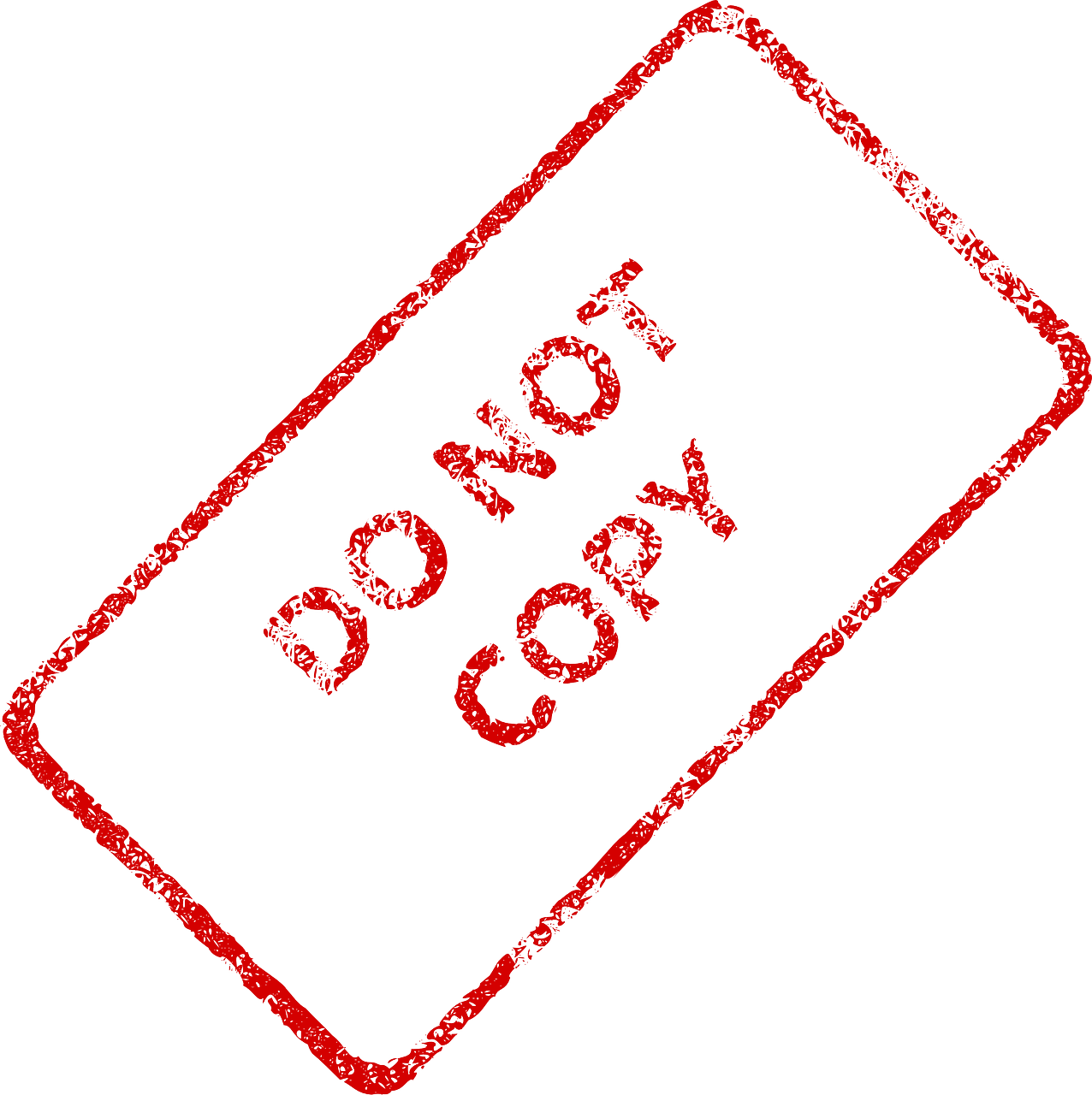How do I... - Saturday 19 October 2019
Plagiarism
What is it? How to avoid it?

When you have a work to do, whether it’s a presentation, a report or a thesis, it may seem easy to save time by writing word by word. Yet, reproducing sentences or parts of sentences found online or in a book makes the reader think you are the author of these sentences.
Using texts or ideas as if they were yours is a forbidden practice called “plagiarism”.
To copy/paste a sentence found on the internet without quoting the source is a quite extreme form of plagiarism. However, more subtle practices exist such as:
- rewriting a sentence using synonyms without quoting the source
- incorporating charts, graphs, images or figures without quoting the source
- rephrasing an author’s thought with your own words without quoting the source
- translating a text without quoting the source
ESSEC uses anti-plagiarism software to check academic and professional thesis as well as other works according to program choices: compilatio.
Note that students caught can get a 0 at a UV, but they can also be expelled from ESSEC. So let’s start with good practices right now!
Visit the Infoplag website developed by Compilatio and the K-lab for more information.
Good practices:
Here are some advice to avoid plagiarism:
1. Acknowledge your source after using your author's ideas, using your chosen bibliographic standard. There are several ways to do so:
- short quotation: text copied and pasted between quotation marks and/or in italics
- long quote: text copied and pasted between quotation marks of several lines with paragraph indentation
- paraphrase: you take up an idea from the text and explain it with your own words
Examples:
- Short quote:
Russel Casey says “students also get very creative when it comes to plagiarism”¹
¹ Casey Russel, Plagiarism detectors: a framework to follow in higher education. Proceedings of the Marketing Management Association, 2003, p. 81.
- Original text :
The accumulation of waste and the ‘throw-away-philosophy’ has resulted in several environmental problems, health issues and safety hazards and prevented sustainable development in terms of resource recovery and recycling of waste materials. Local governments usually have primary responsibility for solid waste materials, and carry out their activities based on the primary concern with public health issues, and not ‘environmental health’.
- Text with plagiarism:
Waste accumulation and people’s throw-away-philosophy have caused many environmental problems. Local authorities are first responsible as they carry out activities based on primary concern with public health issues, and not environmental health ones.
- Rewrited text:
Many problems in environment, health and safety fields could have been avoided thanks to local policy implementation like waste material recycling or the development of sustainable energy. M. J. Taherzadeh and K. Rajendran explain that local authority concerns are with public health issues but not with environmental problems¹.
¹ Mohammad J. Taherzadeh and Karthik Rajendran, “Factors affecting development of waste management – experience from different culture” in Waste management and sustainable consumption, Routledge, 2015, p. 67.
2. If you want to use an illustration (picture, graph, chart…) you must mention the source right below the illustration it-self or in a footnote as you would do for a text quotation.
3. When you photocopy book pages, do not forget to write down the document references to be able to use them without plagiarizing. You must list all interesting documents that you find, on a simple Excel sheet for example, or in specialized software such as Zotero.
4. When you finish your thesis, you must write the bibliography in which you list all the documents you used. Several types of reference presentation exist; however, the most important for your bibliography is to be consistent. Choose and keep one way to present each sort of document (book, article, website…). Click here to access a guide. Online tools can assist you to build your bibliography.
Good to know:
There is one situation in which you do not have to quote your source: when you write something of common knowledge. They are wellknown facts that can be checked in countless sources. For instance, it is useless to quote your source if you write that Sweden integrated the EU in 1995.
For more information: Frequently asked questions about plagiarism (Purdue University)




